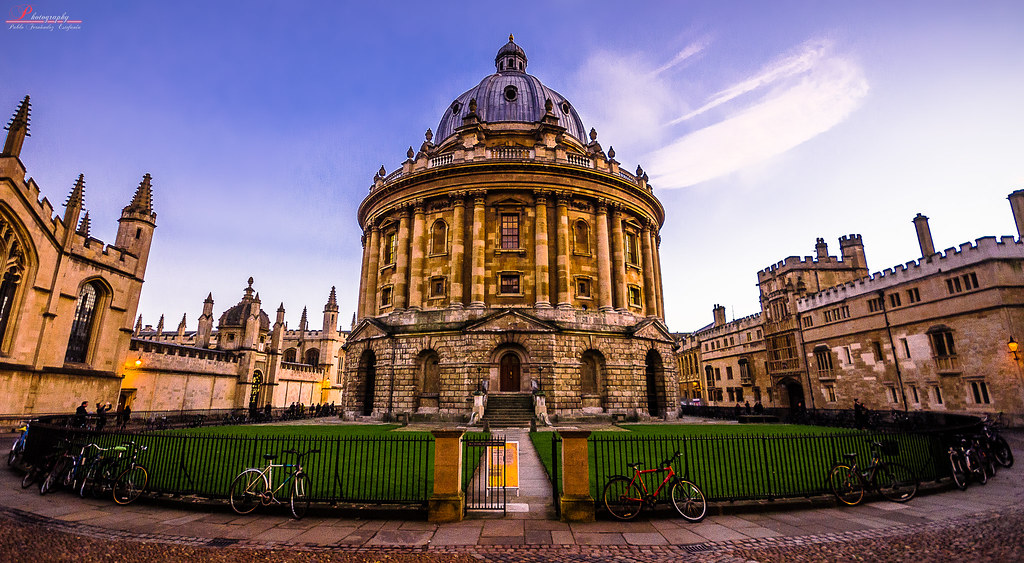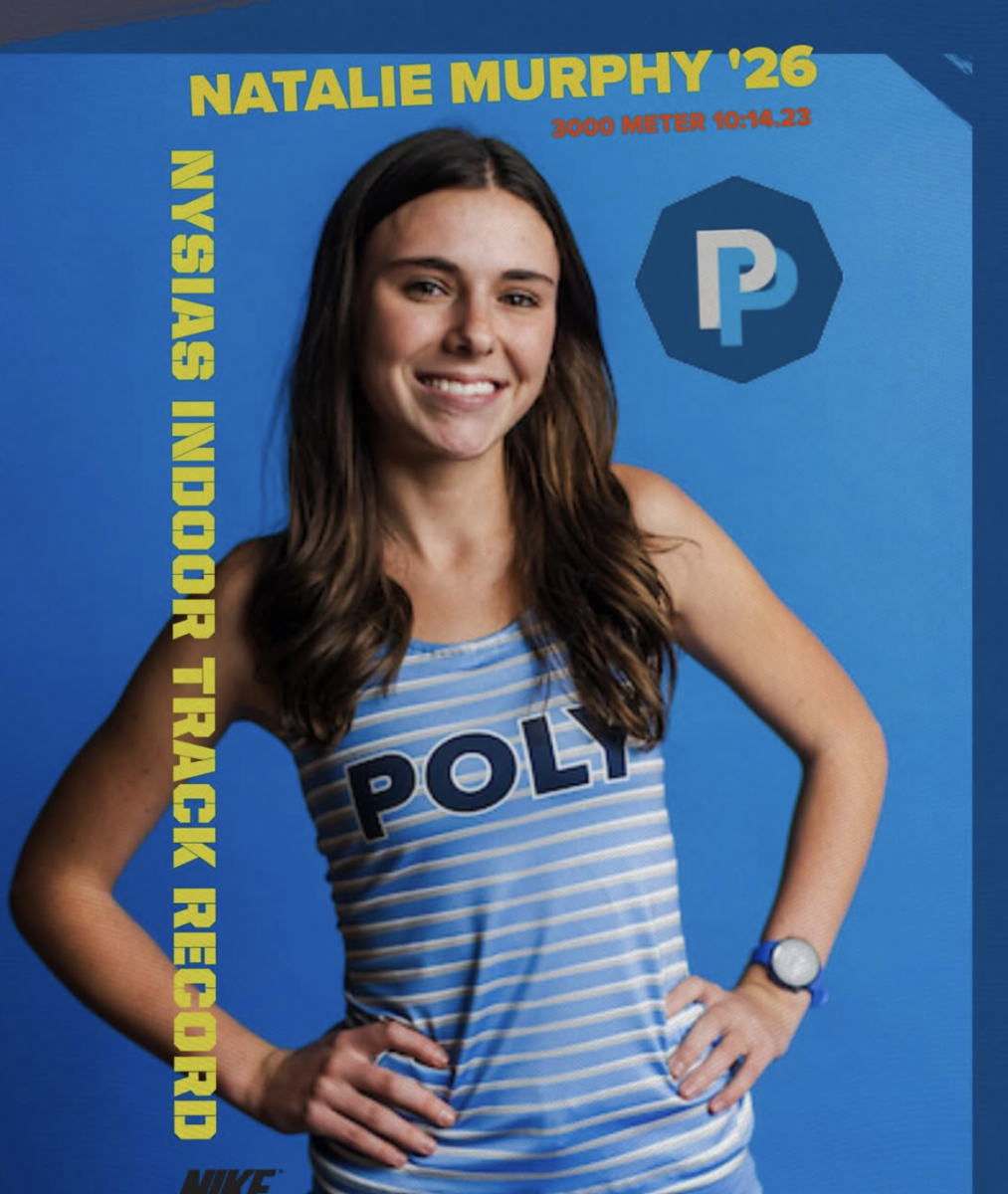From the Archives: Poly’s First Student of Color
January 3, 2023
Last year, during the spring semester, I took a history class called Poly Public History. Each student in my class focused on a different aspect of Poly’s past to research. Topics ranged from morality and the history of Poly’s code of conduct, to the history of female students and leadership. For my research, I decided to focus on a topic that isn’t widely known among Poly students: the history of racial diversity at Poly. From here, I narrowed this vast subject to the experiences of the first Black students to attend Poly. As a student of color myself, this question has always been an interest of mine, especially towards the beginning of my time at Poly.
The first question I decided to tackle was when the first Black student, or students, began attending Poly. This question still doesn’t have a definitive answer, mainly because there currently aren’t any documents that give an explicit name or date. Librarian Iman Powe-Maynard helped me in my search and explained that “searching the archives has been challenging because both the collection and cataloging are incomplete. This particular project was not easily searchable, as we have limited finding aids, none of which address or are related to Poly’s racial ‘firsts’”. For Poly’s 150th anniversary, archivist Ann-Marie Werner began organizing available materials, but the work remains unfinished today. As more historic events happen, focus goes towards archiving them and attention is no longer put on past events.
Before going into the library to search the archives, I first wanted to see if past Polygon issues mentioned Poly’s racial integration. I originally searched for any articles pertaining to the Brown v. Board of Education Supreme Court case, which barred racial segregation in American public schools. Despite this being important news for the 1950s, there were no Polygon articles mentioning this landmark decision.
During an early search in the Center for Brooklyn History’s records, I was originally under the impression that all archives would hold the same general information. However, with a topic so specific to one institution, it made most sense to focus on what Poly had to offer. While searching for evidence in Poly’s archives that would lead to an answer to my question, I encountered many challenges. One of which was that the documents I found did not always contain the information I was looking for. With a topic as complex as the history of racial diversity at a centuries-old predominantly white institution such as Poly, it was hard to find artifacts that would help piece this puzzle together.
As I focused my attention on the archives available at Poly, I turned to the Polyglot for answers. Since there was a lack of written proof of Black students first attending Poly, I looked instead for visual indications. This method is a bit faulty, though, because in black-and-white photos, the question of racial ambiguity comes into play. It becomes unclear whether or not the students noticed were truly the first Black student at Poly, or if a non-white student was missed due to them being white-passing. Maynard also mentioned that “it’s also possible that the first Black student at Poly was never pictured,” due to a lack of value or publicity being placed upon students of a different race.
In the 1961 Polyglot, I found who, to my knowledge, is the first Black student to attend Poly: Caspar Sylvester Jones, class of 1966. Jones started at Poly in sixth grade, and for the next four years, he was the only Black student attending Poly. Since he started in middle school, there isn’t a wide array of information available about him in his first year, but it was mentioned that he served as sixth-grade president for his class during his second semester. He also served as treasurer for the Middle School government, according to the February 19, 1960 issue of the Polygon. According to yearbooks, in 1964, Jones was joined by fellow Black student Kevin Benjamin, who began at Poly in seventh grade.
The yearbooks, while only being snapshots into the lives of Poly students, do say a lot about the activities the students involved themselves in. For example, in his senior yearbook, Jones won the “Phantom” award from the class poll and was a member of the Varsity Cross Country team all four years of high school, and a member of the Spring Track team for two. In that same year, Benjamin is mentioned as a member of the Science Club.
In the 1969 Polyglot, much more information is available about Benjamin than Jones when he was a senior, likely because Jones was involved in fewer activities.
Benjamin had many achievements in sports during his high school career. He was the runner-up of the Ivy League Spring Track championships for triple jump, high jump, and hurdles. He even graduated as Poly’s record holder for triple jump. In addition to his many track accomplishments, he was a member of Poly’s Varsity Cross Country team. Benjamin was multifaceted, being a member of the art club all throughout high school, winning a regents scholarship, and qualifying for the National Merit Scholarship.
Overall, having a chance to explore Poly’s archives and learn about a more hidden part of our school’s story was very beneficial. While most students don’t know how extensive the archives are, strides are being made in terms of archive accessibility and awareness. “The Library, Engagement and Communications, Alumni Relations, Technology, and History departments have been actively discussing archive development… I hope we can continue to collaborate to find the best solution for housing and cataloging current and undiscovered archival materials,” expressed Maynard.
While navigating the archives last year proved to be a challenge, it’s clear that in the upcoming years, interdepartmental efforts will be made to help tell the lost stories of important, underrepresented members of the Poly community.


























